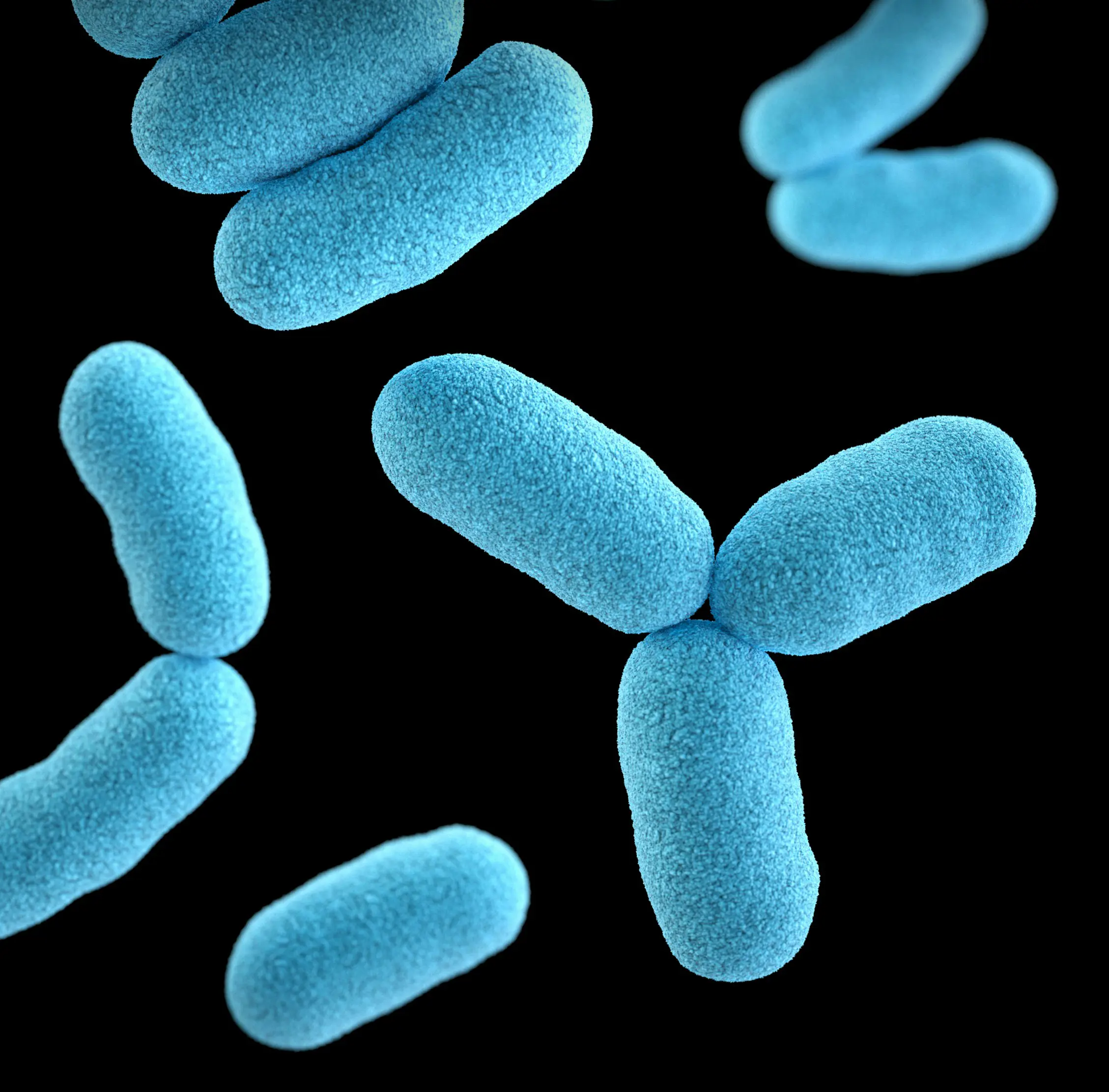Silent Killer in Our Streams: Drug-Resistant Superbugs Are Taking Over New Zealand’s Water

When you take a sip of water or go for a swim, you probably don’t think about the invisible microscopic threats lurking beneath the surface. But in New Zealand, a growing alarm is sounding among scientists and public health officials about the rise of drug-resistant bacteria contaminating freshwater sources, a silent but serious menace with the potential to spiral into a health crisis.
A new report from the University of Auckland highlights how antibiotic-resistant pathogens, often dubbed “superbugs”, are increasingly detected in rivers, lakes, and streams across the country. These hardy microbes have evolved to survive medicines designed to kill them, rendering many common antibiotics useless.
Professor Naresh Singhal, a leading expert in civil and environmental engineering, warns this trend is more than a scientific curiosity, it’s a pressing threat to public health and ecosystem integrity.
“Antibiotic resistance is one of the biggest challenges facing modern medicine,” Singhal says. “Now we are finding these resistant bacteria in our natural waters, which means they can spread through the environment, enter our communities, and cause infections that are harder to treat.”
The sources of this contamination are multifaceted: runoff from farms using antibiotics in livestock, discharge from wastewater treatment plants, and even pharmaceutical residues making their way into waterways.
The bacteria can transfer their resistance genes to other microbes, amplifying the problem beyond the initial hotspots. This environmental reservoir of resistance complicates efforts to control infections, raising the stakes for everyone.
“What worries us is the potential for these superbugs to enter the food chain or infect people directly through recreational water use,” Singhal explains. “We need urgent monitoring, stricter regulations on antibiotic use, and advanced water treatment technologies to mitigate this risk.”
New Zealand’s clean water reputation faces a challenge. As climate change intensifies rainfall patterns and runoff, the spread of these pathogens could accelerate if left unchecked.
Environmental advocates and scientists alike are calling for a national strategy to tackle this invisible enemy, blending science, policy, and community engagement to safeguard water quality and public health.
While the problem is global, local solutions must be tailored. From better farm management to upgrading sewage systems, every step counts.
The takeaway is clear: the battle against antibiotic resistance isn’t confined to hospitals. It’s flowing through the streams, rivers, and lakes that many New Zealanders cherish, and threatening the very foundation of modern medicine.
As Singhal puts it: “Our waters reflect our health. Ignoring these signs could cost us dearly.